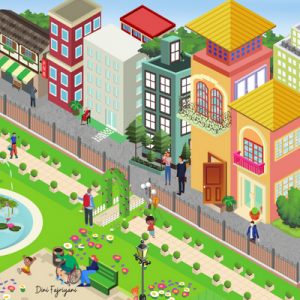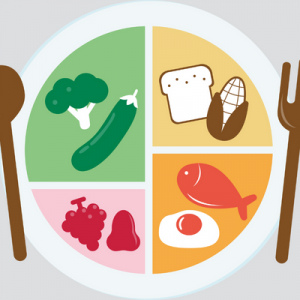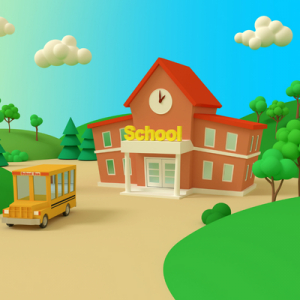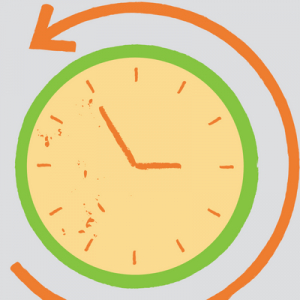 UNIT 1: OUR HOME
UNIT 1: OUR HOME UNIT 2: GOING TO TOWN
UNIT 2: GOING TO TOWN UNIT 3: EATING OUT
UNIT 3: EATING OUT UNIT 4: AT SCHOOL
UNIT 4: AT SCHOOL REVISION 1
REVISION 1 UNIT 5: DAY OUT
UNIT 5: DAY OUT UNIT 6: DREAM JOBS !
UNIT 6: DREAM JOBS ! UNIT 7: AT THE CASTLE
UNIT 7: AT THE CASTLE UNIT 8: SPORTS DAY !
UNIT 8: SPORTS DAY ! REVISION 2
REVISION 2 UNIT 9: OUR ADVENTURE
UNIT 9: OUR ADVENTURE UNIT 10: A GOOD YEAR
UNIT 10: A GOOD YEAR UNIT 11: OUR SUMMER HOLIDAY
UNIT 11: OUR SUMMER HOLIDAY UNIT 12: PAST AND FUTURE
UNIT 12: PAST AND FUTURE FINAL REVISION
FINAL REVISION FINAL TESTChủ đề
FINAL TESTChủ đề
There are 4 steps for students to review the vocabulary at home:
1. Be like:
Usage: "Be like" is used to describe a similarity or comparison between two things.
Example: The cake is like a fluffy cloud. (The cake resembles a fluffy cloud in some way.)
2. Look like:
Usage: "Look like" is used to describe the appearance or resemblance of one thing to another.
Example: The new student looks like my cousin. (The new student's appearance is similar to that of my cousin.)
3. Smell like:
Usage: "Smell like" is used to describe the odor or scent of something that resembles another thing.
Example: The flower smells like honey. (The flower's scent is similar to the smell of honey.)
4. Taste like:
Usage: "Taste like" is used to describe the flavor of something that is similar to the flavor of something else.
Example: This juice tastes like strawberries. (The juice's flavor is similar to that of strawberries.)
5. Sound like:
Usage: "Sound like" is used to describe a similarity in the sound of one thing to another.
Example: The bird's song sounds like a whistle. (The bird's song resembles the sound of a whistle.)
6. Feel like:
Usage: "Feel like" is used to describe the tactile sensation or touch of something that resembles another texture.
Example: The blanket feels like silk. (The blanket's texture is similar to that of silk.)
Remember, using these expressions helps us compare and understand the world around us better. Have fun exploring with your senses!
TÀI NGUYÊN THAM KHẢO
Practice exam
Correct the mistakes and rewrite the sentence
Review Grammar
Practice the word "Feel"